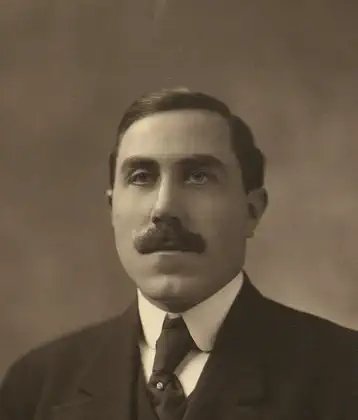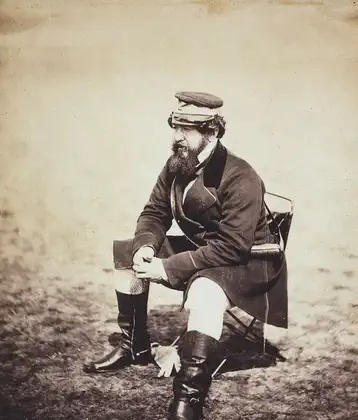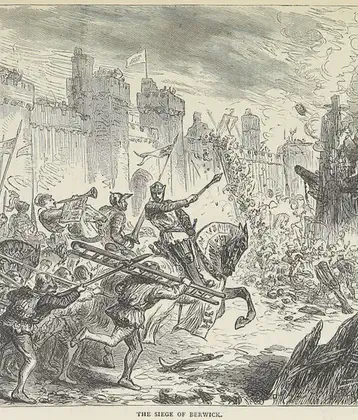On March 28, 1646 in Celtic History
Peace between the confederates and james butler, leads to a split within the confederation

Lieutenant-General James FitzThomas Butler, 1st Duke of Ormond, KG, PC (19 October 1610 – 21 July 1688), was an Anglo-Irish statesman and soldier, known as Earl of Ormond from 1634 to 1642 and Marquess of Ormond from 1642 to 1661.
On 28 March 1646, Ormond, on behalf of the king, concluded the First Ormond Peace, another treaty with the Confederates that granted religious concessions and removed various grievances.
However, the Confederates’ General Assembly in Kilkenny rejected the deal, partly due to the influence of the pope’s ambassador (nuncio) Giovanni Battista Rinuccini, who worked to dissuade the Catholics from entering into a compromise. The Confederates called off their truce with Ormond, and arrested those among their number who had signed the treaty with Ormond.
Confederate Ireland, also referred to as the Irish Catholic Confederation, was a period of Irish Catholic self-government between 1642 and 1652, during the Eleven Years’ War. Formed by Catholic aristocrats, landed gentry, clergy and military leaders after the Irish Rebellion of 1641, the Confederates controlled up to two-thirds of Ireland from their base in Kilkenny; hence it is sometimes called the “Confederation of Kilkenny”.
In September 1643, the Confederates negotiated a “cessation” with James Butler, 1st Duke of Ormonde, Royalist Governor of Ireland, which was signed at Jigginstown, near Naas. This ended hostilities ceased between the Confederates and Ormonde’s royalist army based in Dublin. However, Murrough O’Brien, 1st Earl of Inchiquin, a rare Gaelic Irish Protestant who commanded the Royalist garrison of Cork, objected to the ceasefire and declared his allegiance to Parliament in England. The Scottish Covenanters had also landed an army in Ulster in 1642, which remained hostile to the Confederates and to the king – as did the Laggan Army of the Scottish settlers living in Ulster.
More From This Day


Martin Sheridan, the world’s greatest athlete, is born in Bohola, Co. Mayo
March 28, 1881



Sir William Howard Russell, war correspondent, is born in Tallaght, Co. Dublin
March 28, 1820

An Act to repress Steelboy disturbances in five Ulster counties is passed
March 28, 1772
